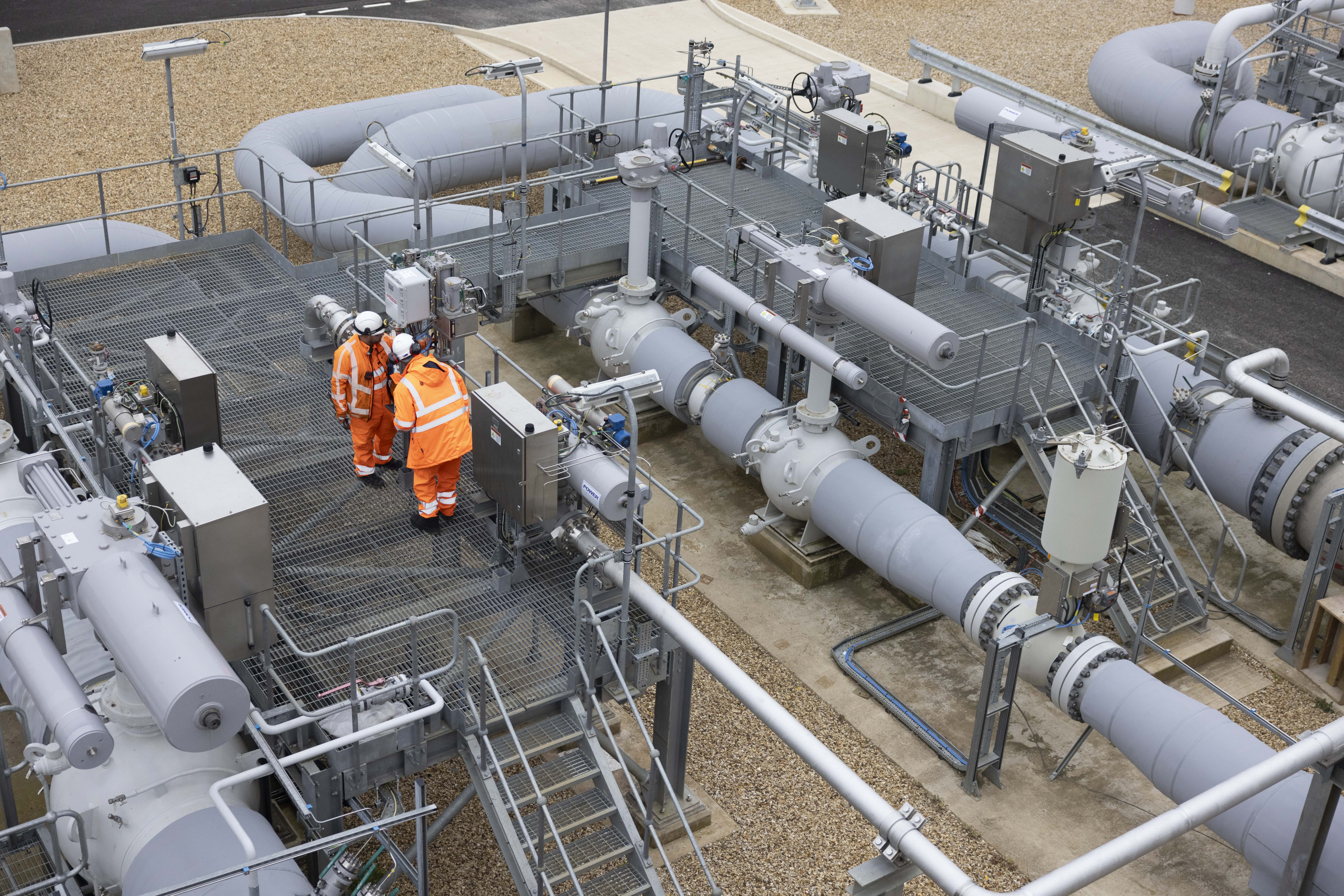National Gas Transmission
Network Asset Risk Metric (NARM) methodology
Through our new NARM methodology, we can now better quantify and monitor the level of performance that our assets are delivering for customers. This provides additional justification for the expenditure needed to maintain and improve safety, reliability and environmental performance across our network.
The Gas Transmission NARM methodology is presented through a suite of documents, summarising and detailing the approach and assumptions adopted to quantify monetised risk and applying this to assess the long-term monetised risk reductions delivered by asset investments.
The National Gas NARM Methodology provides the basis for which Long Term Risk Benefit (LTRB) is calculated. LTRB is the cumulative monetised risk benefit over the life of an intervention.
NARM consultation
We welcome your feedback and comments on the content and our approach, in particular, whether this methodology will enable us to meet the NARM objectives detailed in our licence. Please send us an email to let us know your thoughts.
We would also like to get your opinions on how well we have explained how:
- we translate asset condition and performance into a monetised risk value for different asset types
- this is used to value current and future monetised risk
- different types of risk can be valued and used to inform: a) investment planning; b) network risk outputs reporting
- we calculate the new RIIO-T2 Network Asset Risk Metric (NARM), based on the Long Term Monetised Risk Benefit (LTRB)
Reviewing and updating our methodology into the future
The NARM methodology, in addition to being a licence obligation, also forms part of the National Gas ISO55001 accredited Asset Management Strategy and Objectives (AMSO). The AMSO includes processes for:
- performance evaluation, including asset performance and health monitoring
- improvement, including management review, audit and assurance.
AMSO annual monitoring will be used as a basis to review the methodology, in addition to the annual review requirement specified in the RIIO-T2 licence. The key parameters used in the methodology – such as predicted rates of deterioration, costs of interventions and maintenance – will be maintained and reviewed through these mechanisms.
As per licence requirements, we will continue to review the methodology on an annual basis at least. Actual modifications to the data and assumptions contained within the methodology will be made if we believe this would drive an improvement in the quantification of the asset risks and improve its decision-making processes. We will always consult on more major changes to our methodology, and proposals will be submitted to Ofgem for approval.

